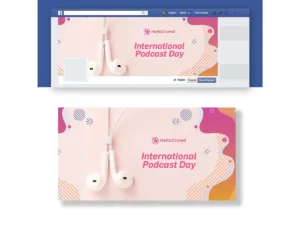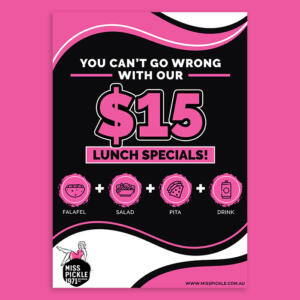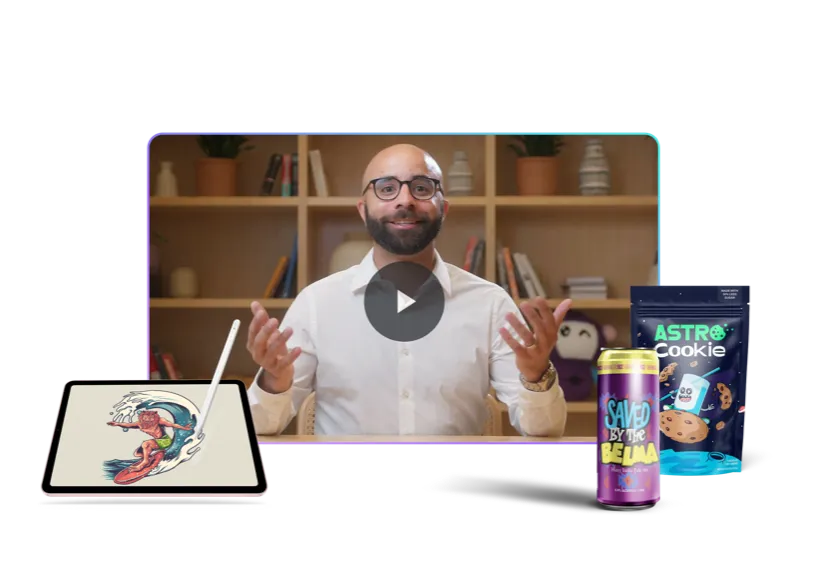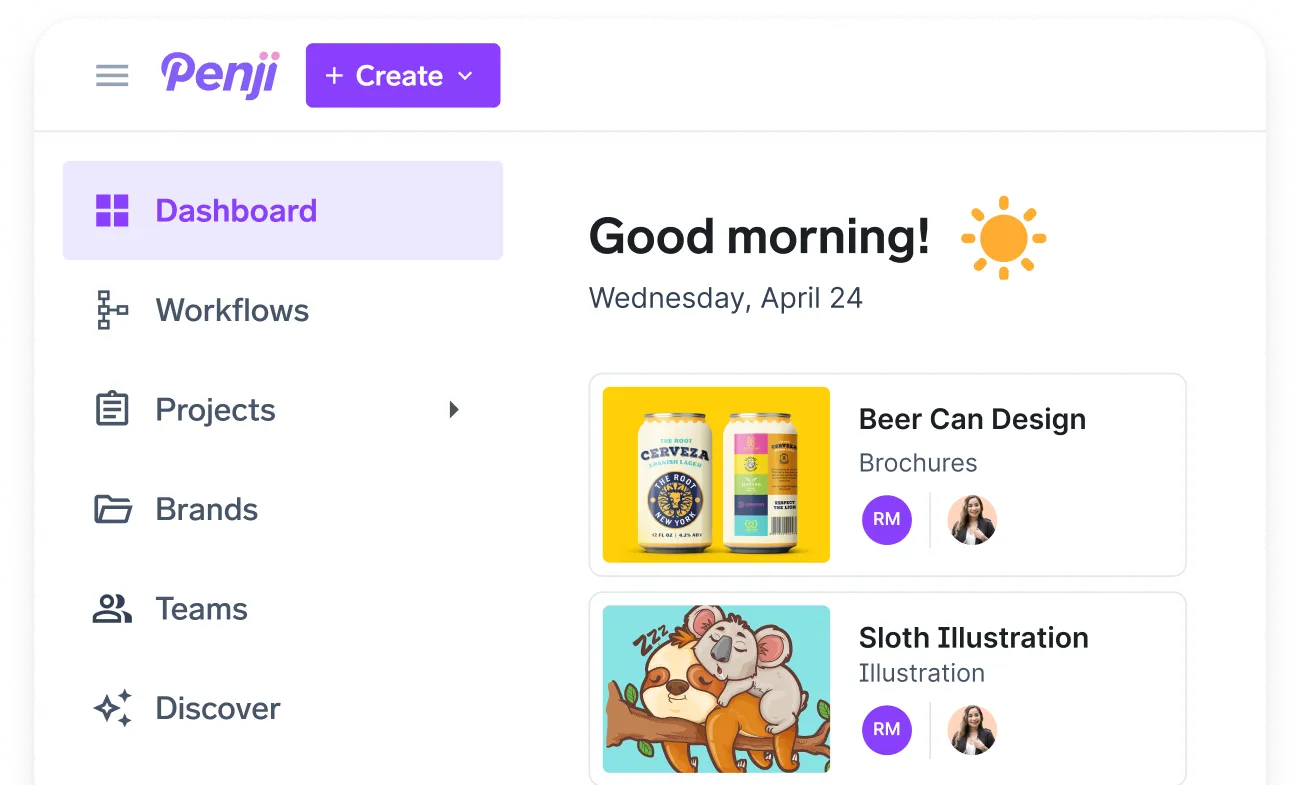
What is affiliate marketing? It’s the reason why many people wake up to commissions from affiliate marketing programs every morning, enjoying the perks of a passive income stream online.
In fact, the global affiliate marketing platform market was valued at $18.40 billion in 2024 and is projected to reach approximately $56.29 billion by 2031.
In this article, we’ll unpack the basics of affiliate marketing and tackle how you can start your journey in performance-based marketing. We’ll also look at the top affiliate marketing programs in 2025 and offer pro tips for success. Let’s dive right in!
Table of Contents
- What is Affiliate Marketing?
- How Affiliate Marketing Works: A Step-by-Step Process
- Types of Affiliate Marketing
- 2025 Top Affiliate Marketing Programs to Check Out
- Wrap-Up
What is Affiliate Marketing?
What is affiliate marketing? It’s a performance-based marketing model where businesses reward individuals—known as affiliates—for promoting their products or services.
Depending on the program, an affiliate earns a commission every time their affiliate link drives a:
- Sale
- Click
- Lead
Simply put, it’s akin to getting a commission for each successful referral.
If you’re looking for affiliate marketing examples, just browse social media, and you’ll find content creators doing this type of marketing, including:
- Bloggers reviewing gadgets
- YouTubers linking to their favorite tools
- Instagram influencers promoting fashion brands
It goes without saying that even major publishers like Business Insider use affiliate links in their articles. In fact, you can read a disclaimer on their articles that contain affiliate links, such as this example:
How Affiliate Marketing Works: A Step-by-Step Process
The best part about affiliate marketing? You don’t need to own a product to start. Anyone with an audience can earn through affiliate programs. Here’s a step-by-step walkthrough for those who want to know how to start affiliate marketing:
1. Joining an Affiliate Program
First, you sign up for affiliate programs offered by companies. These programs provide unique affiliate links to track referrals and sales. Take note that affiliates can join directly through a company’s website or via affiliate networks, which connect multiple brands with potential promoters.
2. Promoting the Product or Service
Once approved, you use various online marketing channels to promote the brand’s products. This can include:
- Writing blog posts and reviews
- Creating YouTube videos or tutorials
- Posting on social media (Instagram, TikTok, Twitter)
- Running email campaign
- Using paid ads to drive traffic
3. A Customer Clicks the Affiliate Link
Next comes the exciting part—getting clicks! When buyers come across your content and click the affiliate link, they are redirected to the brand’s website. Tracking technology ensures that the click and purchase are linked to you as an affiliate.
4. The Customer Makes a Purchase
If the customer buys the product or service, the brand processes the order, and the sale is then recorded under your account. In addition to actual purchases, some affiliate programs pay commissions for lead generation, such as newsletter signups or app downloads.
5. The Affiliate Earns a Commission
After a complete transaction, you get a commission based on the agreed percentage or a flat rate. However, payouts vary by program and can be weekly, biweekly, or monthly, depending on the company’s policy.
Types of Affiliate Marketing
Not all programs work the same way. Here are the three main types:
1. Unattached Affiliate Marketing
This is the simplest form of affiliate marketing, where the affiliate has no direct connection to the product they promote. Instead, they use online marketing tactics such as paid ads or SEO-driven content to generate clicks on their affiliate links.
Example: Running PPC ads for trending products without engaging with potential buyers.
- Pros: Easy to start, no need for expertise in the niche.
- Cons: Low trust factor, may require ad spend.
2. Related Affiliate Marketing
In this model, the affiliate promotes products or services that align with their niche but may not have personal experience using them. These affiliates build authority within a specific industry and bank on their reputation to drive traffic.
Example: A tech blogger writing about the best computer keyboards without personally using each one.
- Pros: Leverages niche authority; higher engagement.
- Cons: Potential credibility issues if recommendations don’t match audience needs.
3. Involved Affiliate Marketing
This is the most authentic form of affiliate marketing. The affiliate personally uses and endorses the product, and content is based on firsthand experience, making their recommendations highly credible.
Example: A YouTuber reviewing a laptop they use daily, providing in-depth insights before sharing an affiliate link.
- Pros: High trust factor, better conversion rates.
- Cons: Requires personal investment in the products.
2025 Top Affiliate Marketing Programs to Check Out
If you’re looking to get started with affiliate marketing, here are some of the top affiliate marketing websites to consider in 2025:
1. Amazon Associates
- Commission Rate: Up to 20% (varies by product category)
- Best For: Bloggers, review sites, niche marketers
Do you ever see “Amazon finds” reels where influencers flex products and tell their followers to click the link on their bio? Most of them are Amazon Associates.
It goes without saying that Amazon Associates is one of the most popular affiliate marketing websites, allowing affiliates to earn commissions by promoting millions of products. It’s great for newbies because of its ease of use and wide product selection.
Here’s a screenshot of the program’s fixed standard commission income rates for specific product categories:
2. ShareASale
- Commission Rate: Varies by the merchant
- Best For: Bloggers, influencers, digital marketers
ShareASale, meanwhile, is one of the most well-established affiliate marketing websites, connecting affiliates with a vast network of merchants across various industries.
Whether you’re promoting fashion, tech, home goods, or digital products, ShareASale provides a performance-based marketing platform that helps affiliates monetize their content with ease.
Since commissions vary by merchant, affiliates can choose programs with the highest earning potential. Added to that, many brands offer recurring commissions, allowing for steady passive income.
3. eBay Partner Network
- Commissions: Varies based on the revenue eBay earns from your referrals
- Best for: Bloggers, review sites, and content creators
Next, eBay Partner Network is eBay’s official affiliate marketing program, allowing affiliates to earn commissions by promoting products from one of the largest online marketplaces.
With millions of items across various categories, eBay Partner Network offers a flexible and good opportunity for affiliate marketers who want to monetize their content.
Wrap-Up
Affiliate marketing thrives on engaging content. Whether you’re crafting blog reviews, social media posts, or YouTube videos, high-quality visuals are crucial for grabbing attention and driving clicks.
That’s where Penji comes in. With unlimited graphic design and video editing services, Penji helps affiliates, bloggers, and content creators create eye-catching visuals, custom thumbnails, and professional branding elements to maximize conversions.
Ready to level up your content? Schedule a demo with Penji today and enhance your affiliate marketing journey with pro-quality designs.
About the author


Carla Deña
Carla is a journalist and content writer who produces stories for both digital and legacy media. She is passionate about creativity, innovation, and helping small businesses explore solutions that drive growth and social impact.
























